Ditapis dengan

E-book Covered in Ink: Tattoos, Women and the Politics of the Body
A small dolphin on the ankle, a black line on the lower back, a flower on the hip, or a child’s name on the shoulder blade—among the women who make up the twenty percent of all adults in the USA who have tattoos, these are by far the most popular choices. Tattoos like these are cute, small, and can be easily hidden, and they fit right in with society’s preconceived notions about what is �…
- Edisi
- -
- ISBN/ISSN
- 9780814760000
- Deskripsi Fisik
- 216 halaman, ilus
- Judul Seri
- -
- No. Panggil
- 306.461.3 THO c
E-book The Industries of the Future
While Alec Ross was working as Senior Advisor for Innovation to the Secretary of State, he traveled to forty-one countries, exploring the latest advances coming out of every continent. From startup hubs in Kenya to R&D labs in South Korea, Ross has seen what the future holds. In The Industries of the Future, Ross provides a “lucid and informed guide” (Financial Times) to the changes comi…
- Edisi
- -
- ISBN/ISSN
- 9781476753669
- Deskripsi Fisik
- 285 halaman
- Judul Seri
- -
- No. Panggil
- 661 ROS t
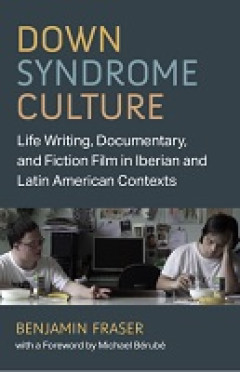
E-book Down Syndrome Culture: Life Writing, Documentary, and Fiction Film in …
People with Down syndrome possess a culture. They are producers of culture. And in the 21st century, this culture is increasingly visible as a global phenomenon. Down Syndrome Culture examines Down syndrome alongside its social, cultural, and artistic representation. Author Benjamin Fraser draws upon neomaterialist and posthumanist approaches to disability as well as the work of disability theo…
- Edisi
- -
- ISBN/ISSN
- 9780472076918
- Deskripsi Fisik
- 204 halaman
- Judul Seri
- -
- No. Panggil
- 362.4 FRA d
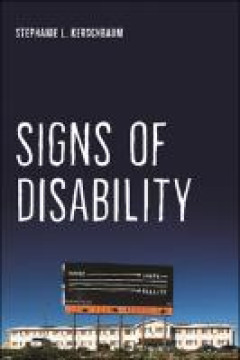
E-book Signs of Disability
How can we learn to notice the signs of disability? We see indications of disability everywhere: yellow diamond-shaped “deaf person in area” road signs, the telltale shapes of hearing aids, or white-tipped canes sweeping across footpaths. But even though the signs are ubiquitous, Stephanie L. Kerschbaum argues that disability may still not be perceived due to a process she terms “dis-atte…
- Edisi
- -
- ISBN/ISSN
- 9781479811175
- Deskripsi Fisik
- 247 halaman
- Judul Seri
- -
- No. Panggil
- 362.2 KER s
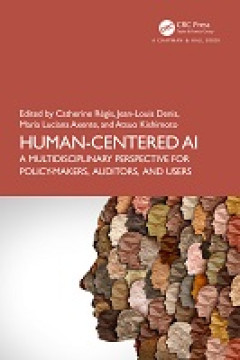
E-Book Human-Centered AI: A Multidisciplinary Perspective for Policy-Makers, …
Artificial intelligence (AI) permeates our lives in a growing number of ways. Relying solely on traditional, technology-driven approaches won't suffice to develop and deploy that technology in a way that truly enhances human experience. A new concept is desperately needed to reach that goal. That concept is Human-Centered AI (HCAI). With 29 captivating chapters, this book delves deep into the r…
- Edisi
- -
- ISBN/ISSN
- 9781003860846
- Deskripsi Fisik
- 359 halaman
- Judul Seri
- -
- No. Panggil
- 006.3 REG h
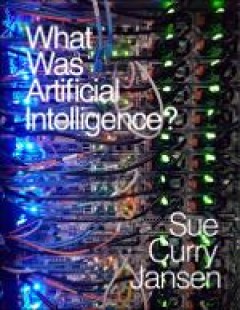
E-Book What Was Artificial Intelligence?
When it was originally published in 2002, Sue Curry Jansen’s “What Was Artificial Intelligence?” attracted little notice. The long essay was published as a chapter in Jansen’s Critical Communication Theory, a book whose wisdom and erudition failed to register across the many fields it addressed. One explanation for the neglect, ironic and telling, is that Jansen’s sheer scope as an in…
- Edisi
- -
- ISBN/ISSN
- 9781951399061
- Deskripsi Fisik
- 37 halaman
- Judul Seri
- -
- No. Panggil
- 006.03 CUR w
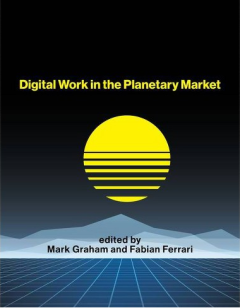
E-book Digital Work in the Planetary Market
Understanding the embedded and disembedded, material and immaterial, territorialized and deterritorialized natures of digital work. Many jobs today can be done from anywhere. Digital technology and widespread internet connectivity allow almost anyone, anywhere, to connect to anyone else to communicate and exchange files, data, video, and audio. In other words, work can be deterritorialized at a…
- Edisi
- -
- ISBN/ISSN
- 9780262543767
- Deskripsi Fisik
- viii, 356hlm. : ill
- Judul Seri
- -
- No. Panggil
- 306.36 GRA d

E-book Violence Situation, Speciality, Politics, and Storytelling
- Edisi
- -
- ISBN/ISSN
- 9781003263579
- Deskripsi Fisik
- 129 hlm
- Judul Seri
- -
- No. Panggil
- 303.6 WÄS v
- Edisi
- -
- ISBN/ISSN
- 9781003263579
- Deskripsi Fisik
- 129 hlm
- Judul Seri
- -
- No. Panggil
- 303.6 WÄS v
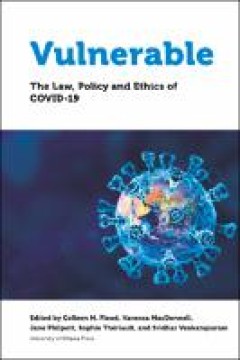
E-Book Vulnerable : the law, policy & ethics of COVID-19
Vulnerable examines the vulnerabilities and interconnections brought to light by the pandemic, as well as the legal, ethical and public policy responses. This book exposes the vulnerabilities of individuals, institutions, governance and legal structures, in several countries and worldwide.
- Edisi
- -
- ISBN/ISSN
- 9780776636429
- Deskripsi Fisik
- 628 pages
- Judul Seri
- -
- No. Panggil
- 362.1962 FLO v
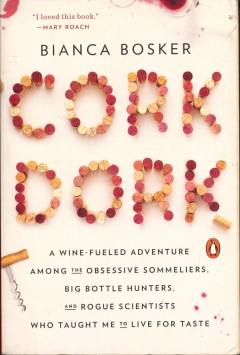
Cork dork : A wine fueled adventure among the obsessive sommeliers, big bottl…
Like many of us, tech reporter Bianca Bosker saw wine as a way to unwind at the end of a long day, or a nice thing to have with dinner and that was about it. Until she stumbled on an alternate universe where taste reigned supreme, a world in which people could, after a single sip of wine, identify the grape it was made from, in what year, and where it was produced down to the exact location, wi…
- Edisi
- -
- ISBN/ISSN
- 9780143128090
- Deskripsi Fisik
- xix + 329 hlm. 13.5 x 20 cm
- Judul Seri
- -
- No. Panggil
- 641.22 BOS c
 Karya Umum
Karya Umum  Filsafat
Filsafat  Agama
Agama  Ilmu-ilmu Sosial
Ilmu-ilmu Sosial  Bahasa
Bahasa  Ilmu-ilmu Murni
Ilmu-ilmu Murni  Ilmu-ilmu Terapan
Ilmu-ilmu Terapan  Kesenian, Hiburan, dan Olahraga
Kesenian, Hiburan, dan Olahraga  Kesusastraan
Kesusastraan  Geografi dan Sejarah
Geografi dan Sejarah